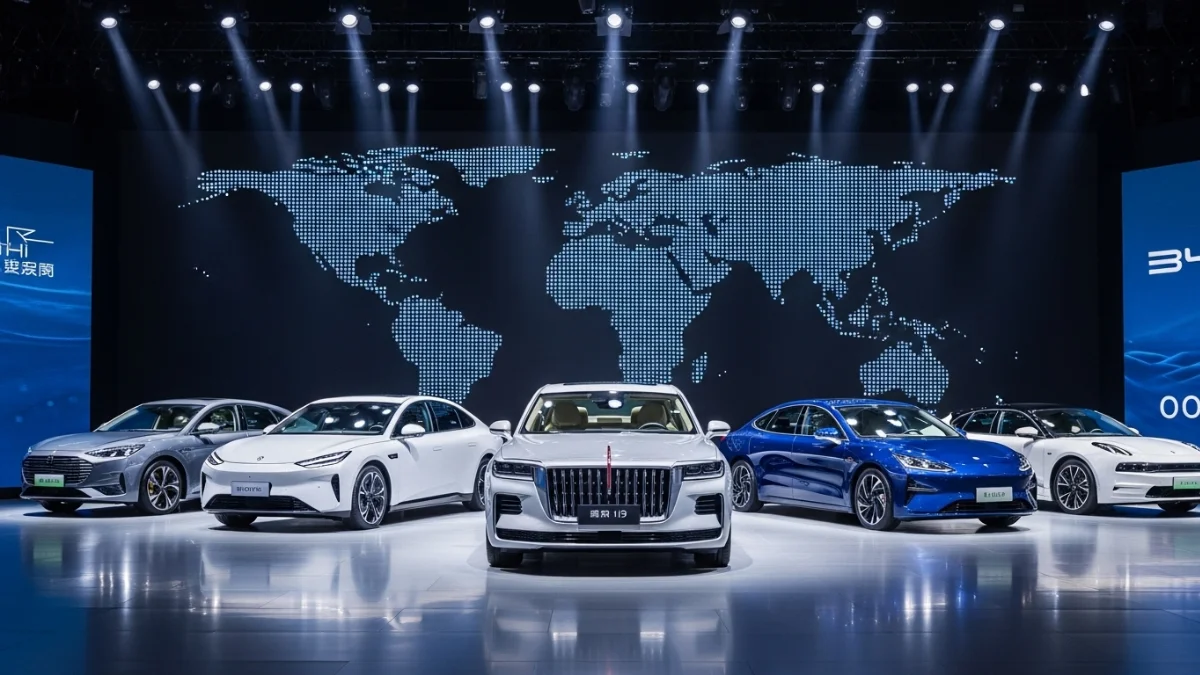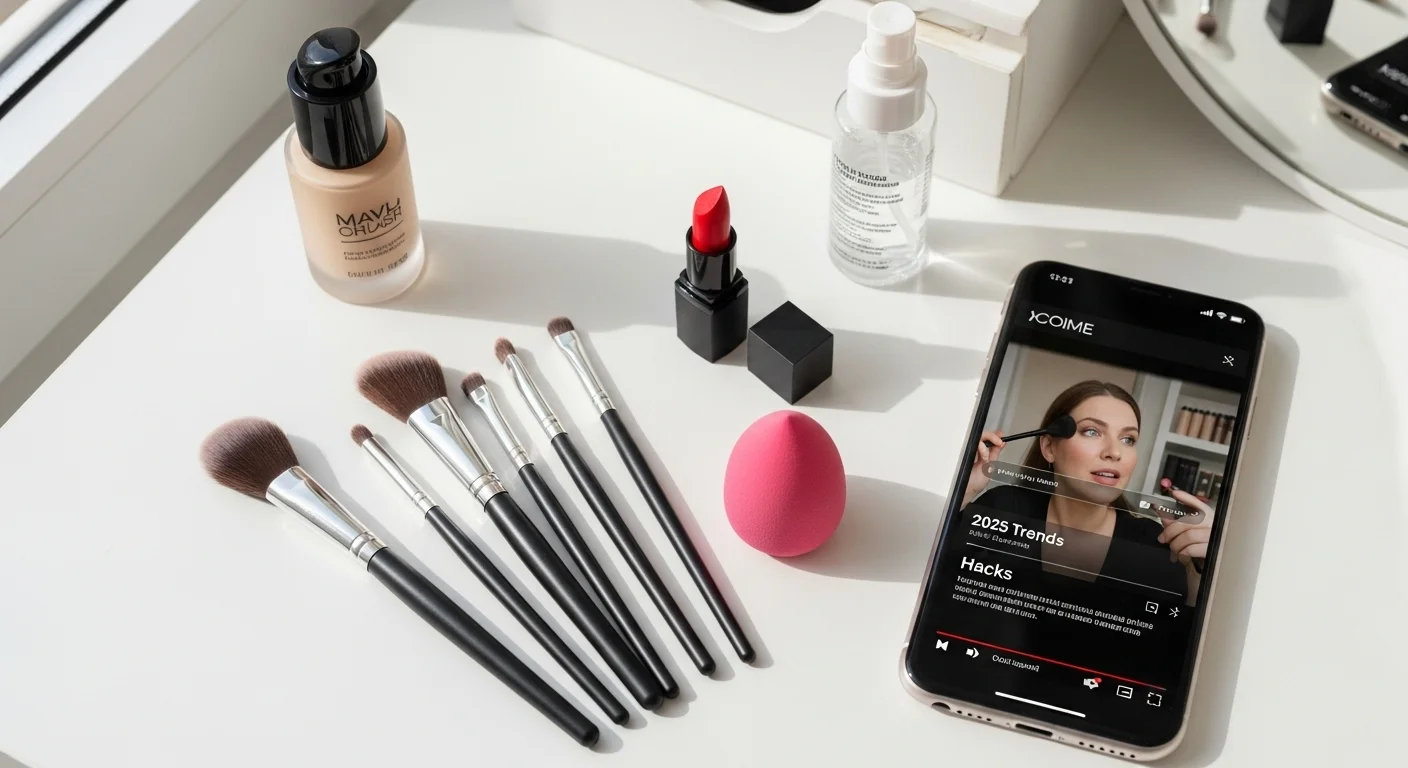Chinese luxury cars are moving fast from niche players to global contenders. Over the last decade, Chinese luxury car brands have invested heavily in design and technology. This investment is now paying off as they challenge established European and American luxury carmakers. Buyers who once overlooked them are now starting to view Chinese luxury cars as viable options.
Defining “Luxury” in the Chinese Auto Context
Luxury in China’s car market is no longer only about badges. It blends futuristic tech, premium craftsmanship, and advanced safety in one seamless package. This combination helps Chinese luxury car brands redefine what premium means worldwide. Today’s buyers expect innovative features, stylish design, and value rolled into a single vehicle.
Leading Chinese Luxury Car Brands
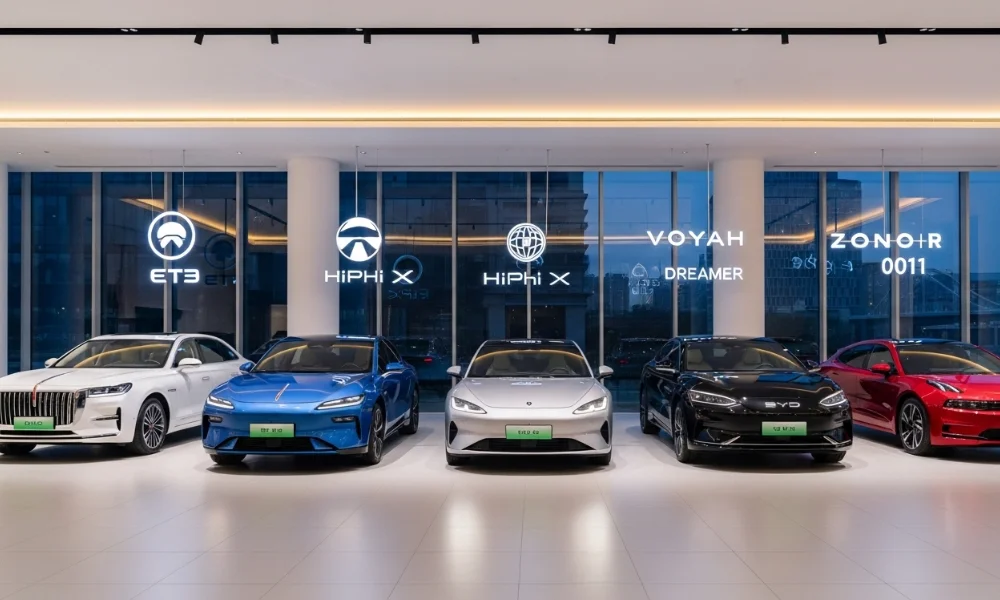
Chinese luxury car brands are experiencing rapid growth and garnering global attention. They are combining electric powertrains, stylish design, and advanced in-car technology to attract buyers. This approach makes them serious competitors against established premium automakers everywhere. Let’s look closely at some of the most influential names in this space.
Hongqi (FAW)
Hongqi is one of China’s oldest and most prestigious luxury car makers. The brand began with state limousines and now sells high-end consumer models. Flagship sedans like the Hongqi L1 showcase refined design, rich interiors, and cutting-edge tech. This reputation makes Hongqi a symbol of Chinese luxury innovation and heritage combined.
HiPhi / Human Horizons
HiPhi, created by Human Horizons, is shaking up the electric luxury car scene. The HiPhi X and Z offer futuristic styling and tech-rich interiors that rival European competitors. These luxury Chinese cars target high-end electric SUV buyers directly. They are bold statements about what Chinese premium automakers can deliver globally.
NIO
NIO has emerged as a leader in premium electric vehicles from China. It focuses on sleek design, user-friendly tech, and a unique battery swap system. This system enables drivers to change batteries quickly, eliminating the need to wait for a charge. NIO’s global strategy is bringing Chinese luxury EVs into Europe and beyond.
BYD’s Luxury Divisions (Yangwang, Denza)
BYD has launched Yangwang and Denza to push into the luxury segment. These sub-brands combine BYD’s battery expertise with high-end styling and safety systems. They aim to produce premium SUVs and sedans that compete on the international market. This move demonstrates how Chinese automakers are confidently entering the ultra-luxury market.
Other Emerging Premium Brands
Brands like Voyah, WEY, and Zeekr are also entering the luxury race. They highlight bold styling, smart cabins, and strong electric performance for modern buyers. These companies cater to younger customers seeking something different from traditional names. Together, they expand the selection of premium Chinese car models available globally.
Top Chinese Luxury Car Models to Watch (2025 Edition)
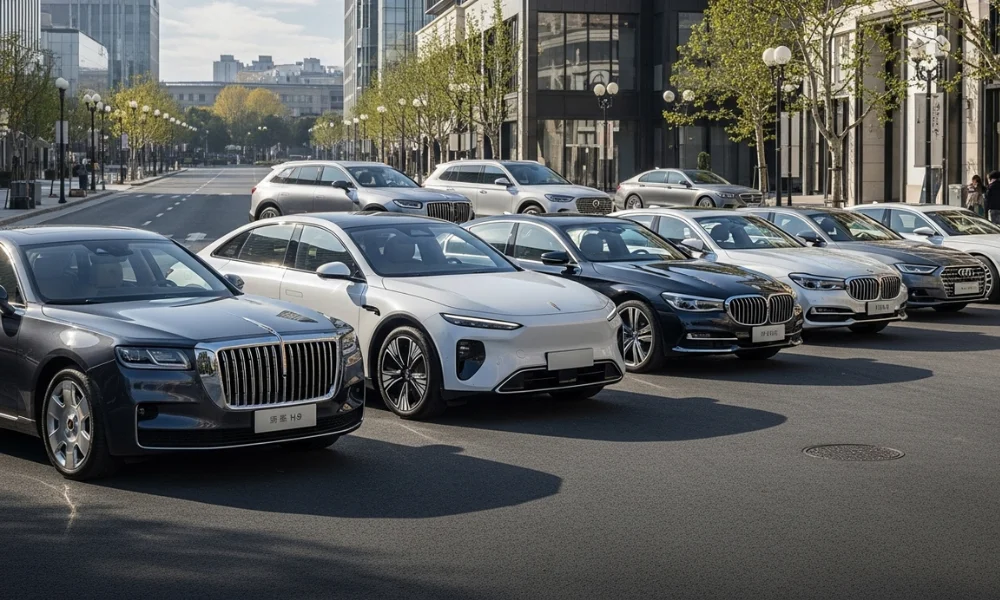
China’s luxury car market is launching many standout models for 2025. These vehicles combine performance, sustainability, and premium design features at attractive prices. Here are the models shaping the luxury Chinese car scene and exciting global buyers.
HiPhi X
The HiPhi X is a futuristic luxury electric SUV from China. It offers autonomous driving, advanced connectivity, and a spacious premium cabin for passengers. This model is a flagship example of how Chinese EVs challenge Tesla. Buyers now see it as a serious alternative to Western electric SUVs.
Hongqi L1 / Guoya
The Hongqi L1, also known as Guoya, embodies ultra-luxury and elegance in one. It has a stately design, plush interiors, and advanced driver assistance systems for safety. This Chinese luxury sedan competes with the Mercedes S-Class and the BMW 7 Series. It demonstrates how far Hongqi has come from its roots as a state limousine.
Voyah Passion
The Voyah Passion combines sporty styling with premium comfort features that customers love. Buyers can choose between electric or plug-in hybrid powertrains depending on their needs. It’s aimed at drivers wanting a dynamic yet eco-friendly luxury experience. This model underlines the growing diversity of Chinese premium offerings.
Hongqi HQ9
The Hongqi HQ9 is a luxury MPV featuring lounge-style seating. It offers a quiet cabin, top safety systems, and premium materials for families. This model shows Chinese automakers extending luxury into family and executive travel. It’s a bold entry into a segment dominated by Japanese brands.
Li i6
The Li i6 is a mid-size luxury SUV focused on smart connectivity. It seamlessly integrates driver assistance, eco-friendly power options, and regular software updates. This Chinese premium SUV is ideal for tech-savvy buyers everywhere. It reflects the shift toward intelligent luxury in the Chinese market.
Zeekr 9X
The Zeekr 9X offers Level 3-ready autonomous driving and a sleek EV platform. It has a long range and high-end finishes inside for comfort. Zeekr is making this model a strong contender in the global luxury EV market. This car represents China’s push into next-generation premium technology.
Selected Chinese Luxury Cars (2025)
| Model | Type | Notable Feature | Target Segment |
|---|---|---|---|
| HiPhi X | Luxury EV SUV | Advanced autonomous driving | Tech-forward luxury SUV buyers |
| Hongqi L1 / Guoya | Ultra-luxury sedan | Stately design & premium interior | High-end sedan buyers |
| Voyah Passion | EV/PHEV sedan | Sporty look & eco options | Mid-luxury eco drivers |
| Hongqi HQ9 | Luxury MPV | Lounge seating & safety | Families & executives |
| Li i6 | Mid-size luxury SUV | Smart connectivity & updates | Tech-savvy premium buyers |
| Zeekr 9X | Luxury EV | Level 3 autonomous driving | Global luxury EV market |
How Chinese Luxury Cars Compare Against European cars
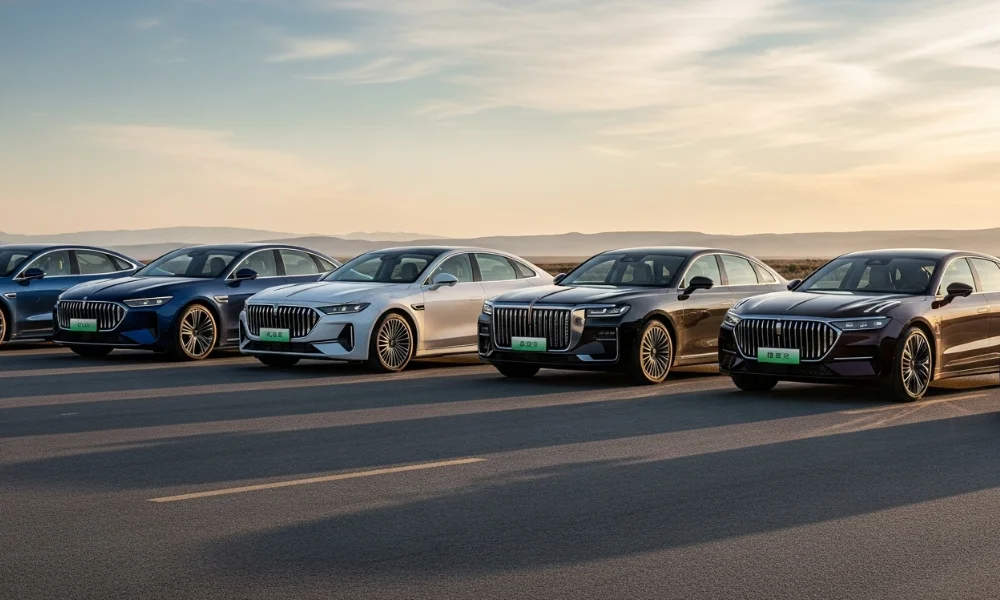
Chinese luxury cars are closing the gap with traditional premium names worldwide. They offer bold design, premium materials, and high-tech features at competitive pricing. This fresh approach appeals to buyers who seek innovation, luxury, and value combined.
Design, Material & Craftsmanship
Chinese automakers are investing heavily in global design studios and premium materials. Interiors feature soft leather, real wood, and high-resolution displays, creating a refined ambiance. This challenges the belief that only European brands can deliver true luxury experiences. Customers now view Chinese brands as style leaders as well.
Technology & Features
Chinese luxury cars excel in technology integration and advanced features across the board. Battery swap systems, OTA updates, and autonomous driving appear in many new models. This focus gives them an edge over slower legacy automakers worldwide. For buyers, it means futuristic driving at a competitive price.
After-Sales Service, Reliability, Resale Value
After-sales service and resale value still challenge Chinese luxury brands abroad. Service networks are expanding, but they are not yet matching those of German competitors in key regions. Aggressive warranties and growing dealerships are slowly closing that gap. These steps help increase confidence among early adopters overseas.
Brand Prestige & Consumer Perception Globally
Brand prestige takes time to build, but progress is visible globally. Partnerships, global marketing, and motorsport help improve the image of Chinese premium automakers. As more models hit the roads abroad, consumer trust is expected to grow steadily each year. This mirrors how Japanese and Korean brands built prestige decades ago.
Market Reach & Export Strategy
Chinese luxury cars are expanding beyond domestic markets with confidence and speed. Showrooms are opening in Europe, the Middle East, and parts of Asia. These moves signal readiness to compete globally on design and technology. This global push demonstrates the seriousness with which Chinese automakers are approaching the worldwide market.
Challenges & Risks Facing Chinese Luxury Cars
Chinese luxury car makers face several hurdles abroad in the coming years. Building trust, establishing service centers, and overcoming regulatory barriers all take time. Intellectual property and tariff issues can also significantly slow their international expansion. Buyers should research models carefully before making a purchase decision.
Future Trends & What to Expect (2026–2030)
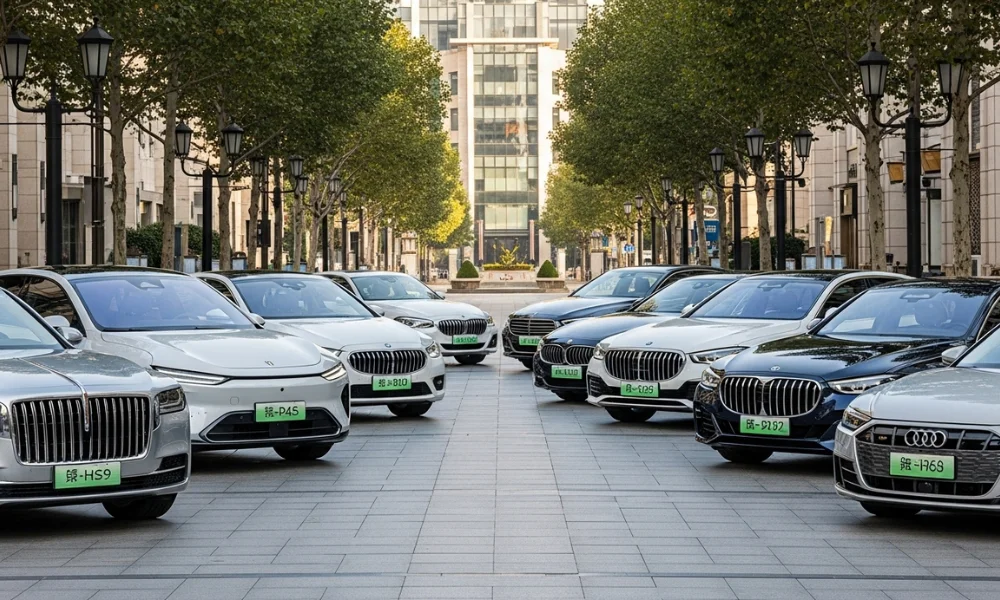
The future of Chinese luxury cars looks increasingly bold and innovative worldwide. Expect Level 4 autonomous driving, solid-state batteries, and ultra-luxury hypercars from China soon. Joint ventures with European designers and tech firms are also likely to expand. These moves could make Chinese premium brands equal or superior to today’s leaders.
Tips for Considering Chinese Luxury Cars
If you’re thinking of buying a Chinese luxury car, do your homework first. Check local service centers, warranty terms, and software support before making a purchase. Compare specs with established brands to ensure you’re getting genuine premium value. These steps help protect your investment and improve your ownership experience.
Conclusion
Chinese luxury cars have moved from niche offerings to serious global competitors today. They blend advanced technology, bold design, and attractive pricing to challenge old assumptions worldwide. For buyers seeking innovation and value, these brands are worth a close look soon.

